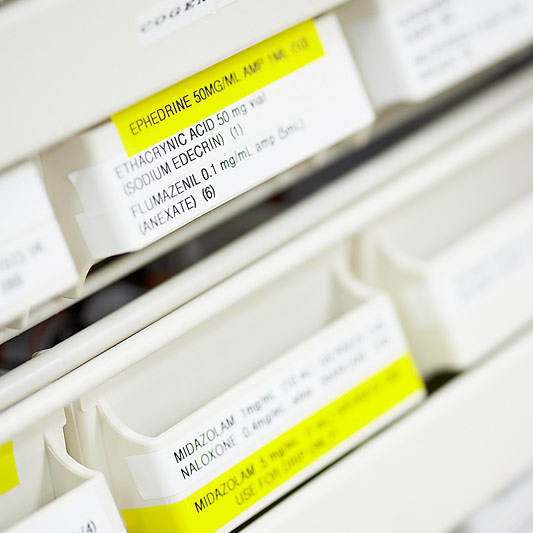
TUESDAY, June 17, 2014 (HealthDay News) — Drugs used to break up blood clots in the lungs may lower the risk of death, but they also increase the risk of bleeding, a new study finds.
Researchers analyzed data from 16 trials involving use of clot-busting drugs called thrombolytics to treat life-threatening clots in the lungs (pulmonary embolism).
Despite the drugs’ apparent life-saving benefits, the risk of major bleeding, particularly in the brain, remains a concern, experts say.
“The study advances our understanding, but is not enough to provide a definitive recommendation for use in all patients,” said Dr. Joshua Beckman, director of the cardiovascular fellowship program at Brigham and Women’s Hospital in Boston, who was not involved in the study.
The evidence suggests that clot-busting therapy has merit but needs more study to refine the method by which it is given and to whom, added Beckman.
What’s important, said lead study author Dr. Jay Giri, is “we discovered that thrombolytic therapy was associated with a death benefit in intermediate-risk pulmonary embolism.”
This is a hotly debated topic, Giri said, “and no prior study has had the statistical power to demonstrate this finding.
“Of course,” he added, “this potential benefit must be balanced against potential bleeding risks in the individual patient.”
The research suggests patients younger than 65 might be at less risk for bleeding from clot-busting drugs, said Giri, an assistant professor of clinical medicine at the University of Pennsylvania in Philadelphia.
A pulmonary embolism is usually treated with blood thinners that prevent clotting or drugs that dissolve clots.
The current study, published in the June 18 issue of the Journal of the American Medical Association, is called a meta-analysis. In this type of study, researchers attempt to find common threads across multiple studies. The weakness of this method is that it relies on data in studies not necessarily designed to draw the conclusions the researchers are looking for.
For Beckman, author of an editorial accompanying the study, this is a key point.
“Moreover, the study shows that the care of patients with pulmonary embolism — with or without the clot-busting medications — has gotten much better,” he said.
“The rate of death has decreased significantly over the more than four decades of studies included, making it harder to show a benefit of clot-busting therapy in the most recent studies,” Beckman said.
He’d like to see how clot-busters compare to newer blood thinners, he said. Also, it’s still not clear if the drugs should be delivered intravenously or by catheter directly to the lungs, he noted.
Whether only younger patients should receive thrombolytics is another question for future study, Beckman said.
For the current study, Giri’s team analyzed data from studies published over 45 years that included 2,115 patients in all.
The investigators found that clot-dissolving drugs reduced the relative risk of dying early by 47 percent. Among those given these drugs, 2.2 percent died, compared with 3.9 percent of those not receiving clot-busting therapy.
But the risk of major bleeding was nearly tripled with clot-busting drugs compared with drugs used to prevent clotting — 9.2 percent versus 3.4 percent, the researchers found. Major bleeding was not significantly increased in patients 65 and younger, the authors noted.
Those receiving the clot-busting therapy were also more likely to suffer brain bleeding than those given anti-clotting drugs (1.5 percent versus 0.2 percent). But they were less likely to have another clot in the lung (1.2 percent versus 3 percent), the study found.
Each year pulmonary embolism contributes to almost 30,000 U.S. deaths. Risk of death is heightened for up to three months after the clot occurs, the researchers said.
More information
For more about pulmonary embolism, visit the U.S. National Library of Medicine.
Copyright © 2025 HealthDay. All rights reserved.

